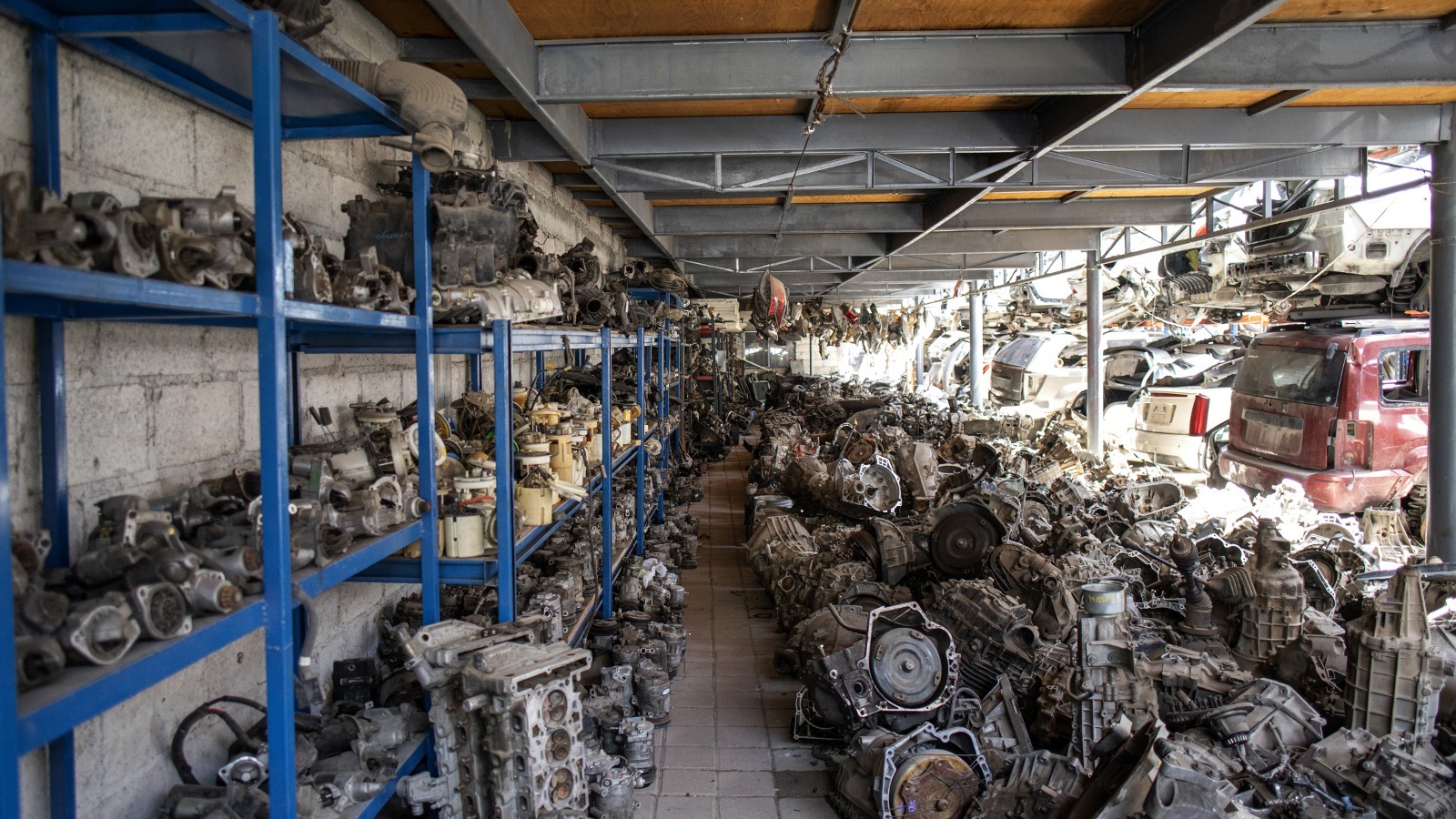
After you’ve given your junkyard engine’s exterior a solid inspection, it’s time to check out some interior components. While it’s not usually possible to tear down a scrapyard engine to analyze every internal part before you buy it, you can perform a basic and thorough inspection in the yard to help avoid some of the most commonly used engine problems. One of the most important things to check when purchasing a junkyard engine is whether you can spin the crankshaft.
The crankshaft is a vital internal engine component. As small explosions propel the motor’s pistons up and down, the pistons transfer that energy to the crankshaft. As a result, the crankshaft spins extremely fast, sending power to various other parts of the drivetrain, including other engine parts, like the timing chain, camshaft(s), and belt pulleys, as well as the transmission.
You can spin the crankshaft manually using a ratchet and socket on the large nut on the crankshaft pulley, which is usually the largest pulley on the engine and located toward the bottom of the block. You should try to turn the crank two times: once with the spark plugs installed and once without them. When the spark plugs are installed, there should be some resistance when turning the crank. If the crankshaft spins freely with the spark plugs installed, that means there’s a compression problem, and you may want to consider another motor. Without the spark plugs, the crank should spin relatively easily. If you can’t turn the crankshaft at all, it could mean that the engine is seized, and you’ll need to hunt for another motor.

